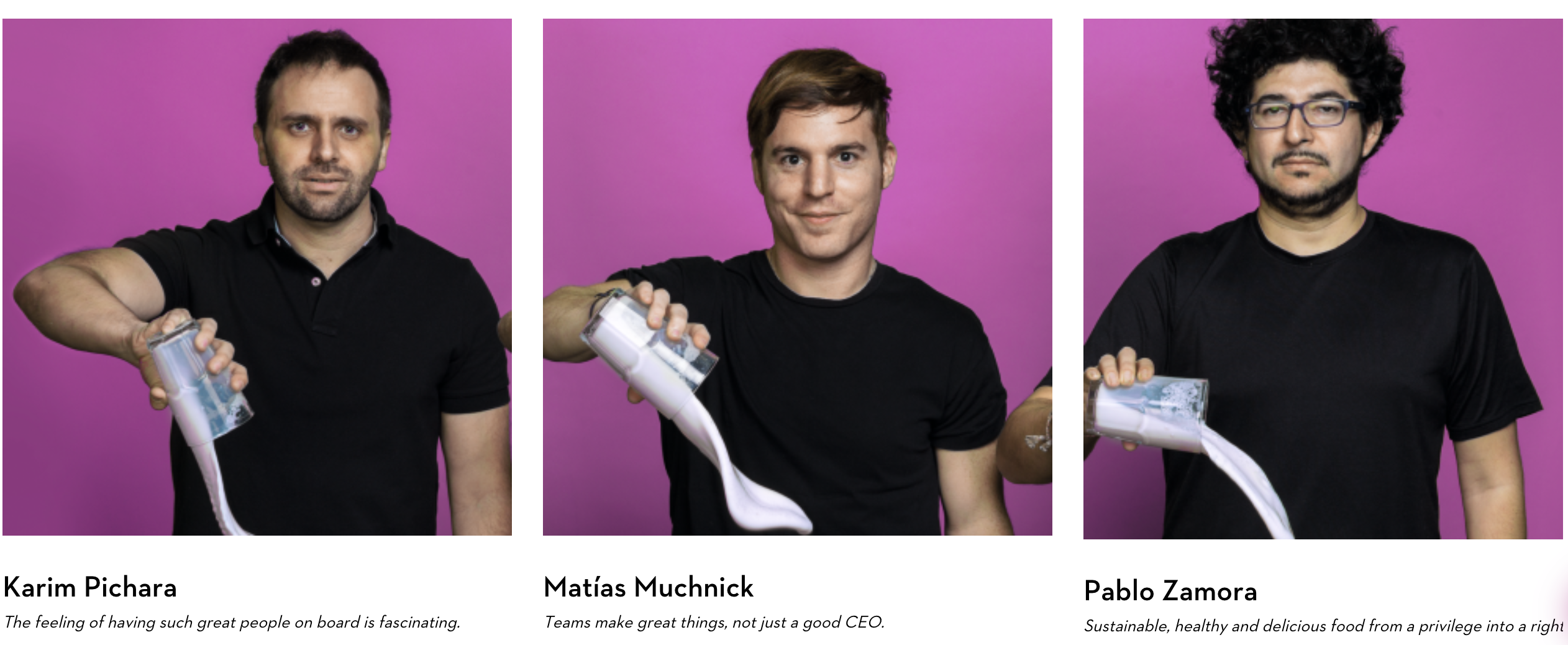Microsoft’s Sustainability Report Reveals Rising Carbon Emissions Amid AI Boom
Microsoft’s latest sustainability report highlights a growing paradox: as the company races to expand its cloud and AI infrastructure, its carbon footprint is moving in the wrong direction. Since 2020, Microsoft’s emissions have increased by 23.4%, driven largely by the construction of new data centers packed with carbon-intensive materials.
The Scope 3 Challenge: Where the Real Emissions Lie
A staggering 97% of Microsoft’s carbon footprint falls under Scope 3 emissions—indirect emissions from sources like:
- Raw materials (steel, concrete)
- Supply chain transportation
- Manufacturing of purchased goods (e.g., semiconductors)
Capital goods and purchased services alone account for ~75% of total emissions. This underscores a harsh reality: even with renewable energy commitments, the physical infrastructure powering AI and cloud services remains a sustainability hurdle.
Why Data Centers Are Carbon Hotspots
Modern data centers rely on:
- Steel: Produced via fossil fuel-powered blast furnaces
- Concrete: Generates CO2 both in production and curing
- Semiconductors: Chip fabrication uses potent greenhouse gases like hexafluoroethane (9,200x more warming than CO2 per ton)
While Microsoft invests in clean steel (e.g., Boston Metal) and low-carbon cement startups, these technologies remain years away from scalability.
Renewable Energy Growth Can’t Keep Up
Microsoft’s zero-carbon electricity portfolio now spans 34 gigawatts, but data centers often aren’t built near clean energy sources. As the company admits:
“Our electricity consumption has grown faster than the grids where we operate have decarbonized.”
Progress and Pressure Points
Encouraging signs:
- 2024 emissions dipped slightly vs. 2023
- Major carbon removal deals (e.g., paper mill bioenergy, reforestation credits)
- Solar power investments accelerating
Critical deadline: To hit its 2030 carbon-negative goal, Microsoft must:
- Halve current emissions
- Scale carbon removal initiatives exponentially
The AI Paradox
Microsoft’s AI ambitions—while financially lucrative—are complicating its sustainability roadmap. As data center demand doubles by 2030 (per industry forecasts), the company faces a pivotal test: Can innovation outpace its environmental impact?
Data source: Microsoft Sustainability Report 2025
📚 Featured Products & Recommendations
Discover our carefully selected products that complement this article’s topics:
🛍️ Featured Product 1: GREETING CARD “ATM” #70778
 Image: Premium product showcase
Image: Premium product showcase
High-quality greeting card “atm” #70778 offering outstanding features and dependable results for various applications.
Key Features:
- Professional-grade quality standards
- Easy setup and intuitive use
- Durable construction for long-term value
- Excellent customer support included
🔗 View Product Details & Purchase
💡 Need Help Choosing? Contact our expert team for personalized product recommendations!












